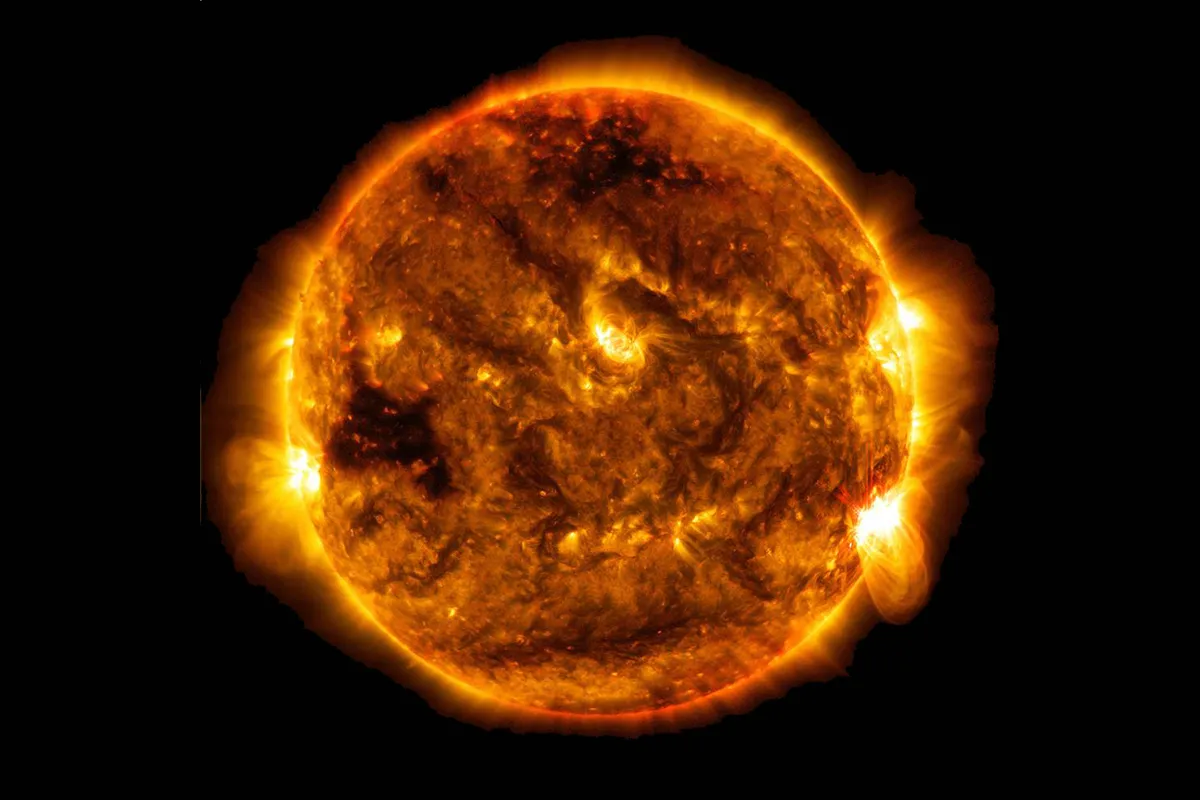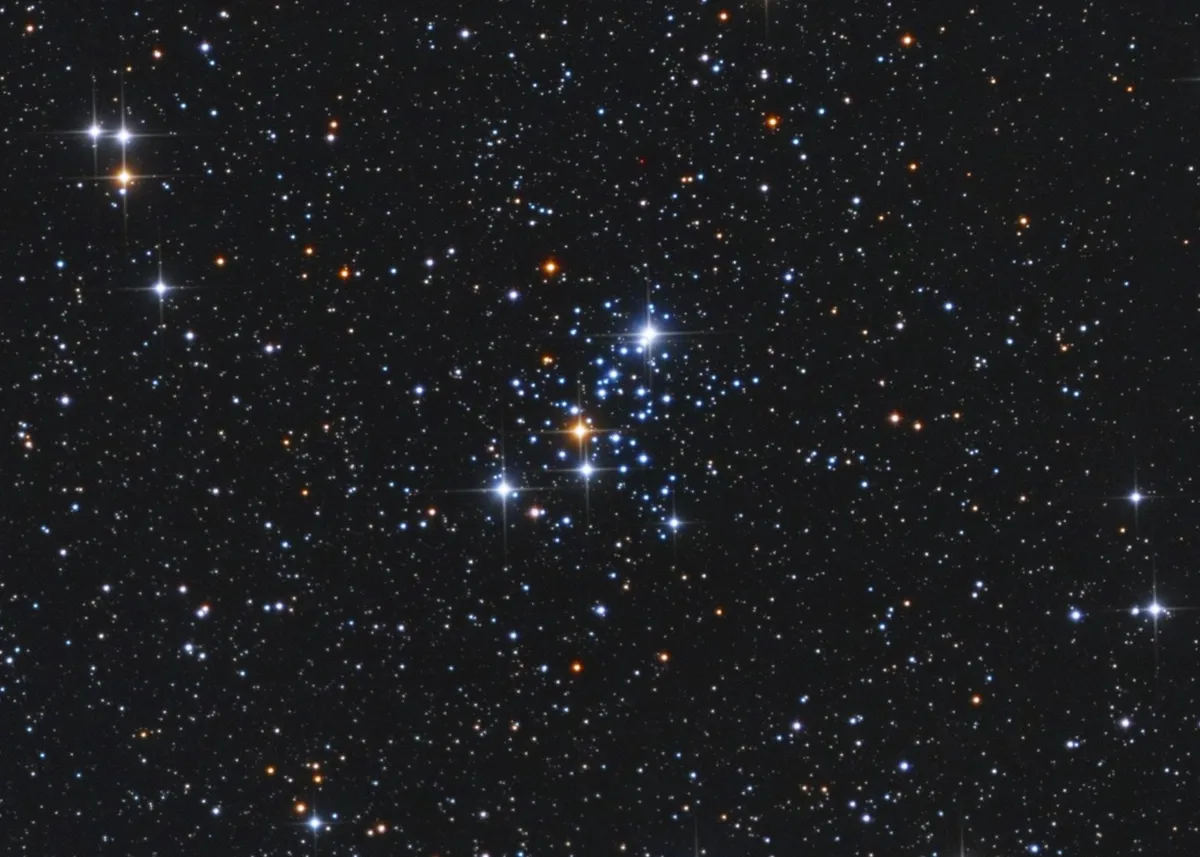The age of the stars we see in the night sky is something many of us will have wondered as we look up on a clear night.
How old are these points of light, and how could astronomers possibly work out the age of stars from our position so far away on planet Earth?
The age of stars is thought to be up to 13.8 billion years old, which is as old as the Universe itself.

And because their light takes so long to reach us, when we look at the night sky we're looking back in time.
Yet strangely, it’s easier to predict how long a star is going to live than measure how long it has already existed.
Main sequence stars

Most stars spend the vast majority of their lives in what’s known as the main sequence phase.
Main sequence stars have reached maturity and are steadily burning through the hydrogen within their cores.
This era can last for billions of years, during which time they show little outward change.
Our Sun, for instance, looks pretty much as it did a billion years ago.
Stars only really change when very young or when approaching the end of their lives.
Which is why astronomers look towards dying stars when trying to measure stellar ages.
Measuring mass
How long a star lives depends on its mass.
Bigger stars have more fuel, but gravity pulls their gas together far more strongly, creating intense pressure in their cores.
While on the main sequence, they devour their fuel far faster than small stars and so have shorter lives.
It also means larger stars burn brighter and hotter, therefore bluer. Small stars, meanwhile, appear
cool, dim and red.
This is why some stars burn blue and some stars burn red.

Calculating the age of stars
For most of a star’s life, its brightness and its colour are tightly linked.
This begins to change when the fuel in its core runs out, causing it to swell in size.
Its size means it still appears bright, but the expansion cools its outer layers.
By looking for stars that are brighter than their colour suggests they should be, astronomers can identify stars approaching their death throes.
Once a dying star is found, we can use its stellar mass to work out at what age it would enter the giant phase, thus telling us how old the star is now.
Because stars form in clusters, this gives the age of not just the star, but potentially dozens of stars that formed alongside it.
This article appeared in the April 2024 issue of BBC Sky at Night Magazine
